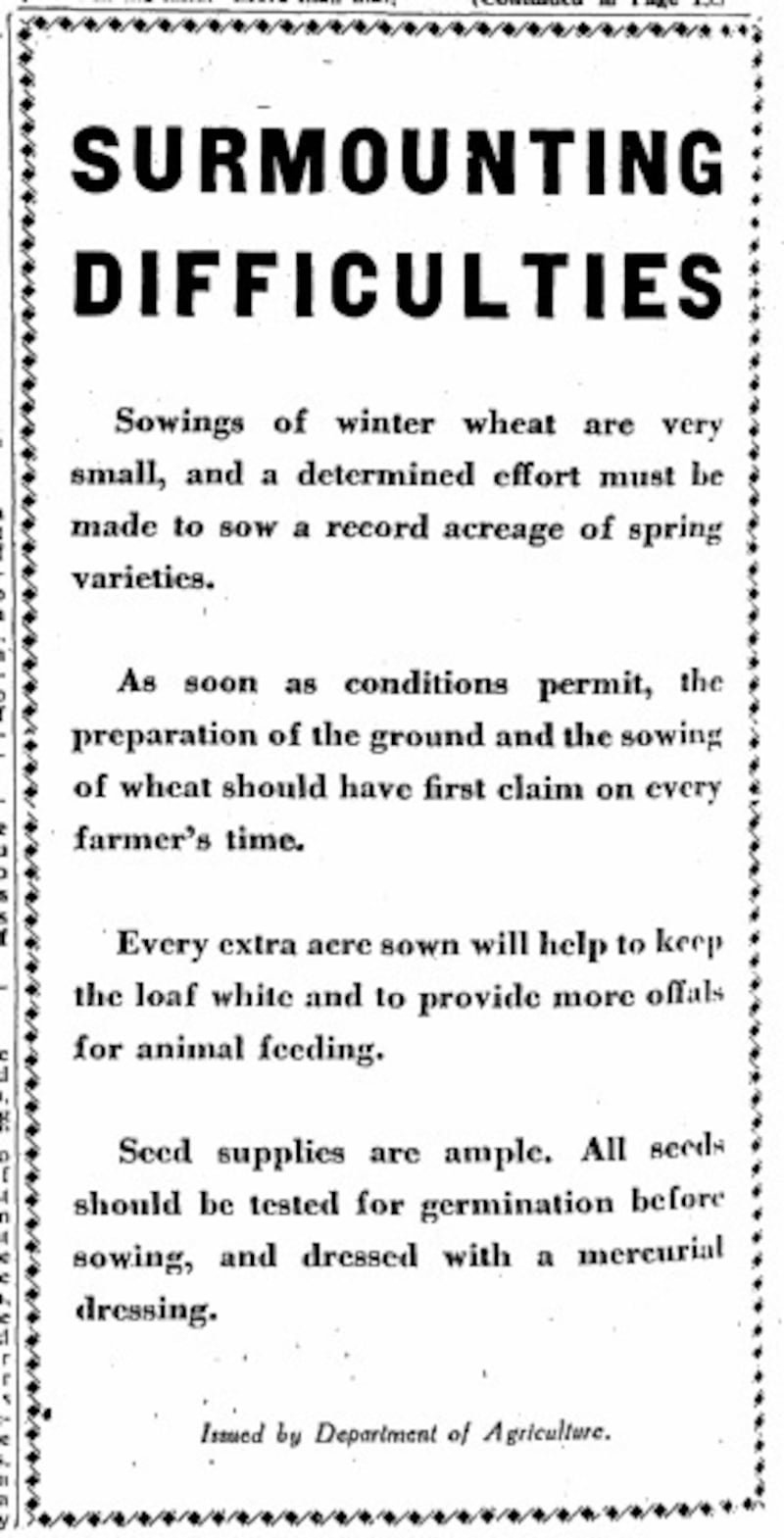Amid the coldest stint of weather in living memory, the water-filled quarry at Sundrive Road, Kimmage, had frozen over. Try as they did, gardaí couldn’t keep the local children from playing on the ice. “A soon as they chased the children away,” one officer said, “they returned by another route.”
On Sunday, March 2nd, 1947, the ice broke. Under the weight of about 20 children engaged in a game of hockey, a hole formed near the edge of the pond and about six of the group disappeared into 100-feet-deep quarry.
As passersby scrambled to save the children, they got caught up themselves. One such rescuer, Thomas Mardy, was on his way home from the cinema when he spotted the children in trouble. "He tried to swim towards the boys with a life buoy, but, before he could reach them, they had disappeared," reads an Irish Times report. "He himself had to be assisted out of the water afterwards."


Some were saved, but Anthony Burke (16), Christopher Byrne (13) and the youngest casualty, eight-year-old Edward O'Toole, died in the freezing water.
Byrne was close to being rescued. Someone had thrown him a rope, which he had successfully grasped. With his other hand, he had hold of a young girl who had also fallen in.
According to an Irish Times report, he "caught the rope in one hand and took hold of the girl in the water with the other hand. He sank and let go the rope. The girl also sank, but she came up again, and they pulled her into the bank."
On a different day, Christopher may not have been at the impromptu ice rink. His father had invited him to watch Ireland play Spain in a soccer friendly at Dalymount Park that afternoon, but he had declined.
It was about 11.15am the following day when his body was pulled from the water in front of hundreds of onlookers. “This quarry should be filled in,” said his father, who was among the spectators, “it is a death trap.”
The quarry incident was just one tragedy associated with the first quarter of 1947, when Ireland's weather was marked by freezing temperatures, sustained snowfall and a fuel crisis that crippled the country for weeks. Communication lines were disabled. Transport effectively stopped as railway lines were blocked by 6-foot snowdrifts, according to reports in The Irish Times.
‘Freak day’
“Worst blizzard for 25 years hits Ireland,” is the headline on the front page of this newspaper on February 26th that year. The report is a catalogue of snowbound good trains, blocked roads and general chaos in the face of the blanketing. Temperatures had been low for weeks, but the 12-hour deluge had been unexpected. “It was another freak day,” a weather expert is quoted as saying. “I think I will give up trying to forecast what the weather will do.”
A 25 per cent electricity reduction was imposed for businesses and private users who still had power. Emergency fuel consignments were ordered from Britain as supply dwindled further.

Food supplies were affected. Bread and milk were in short supply and margarine became particularly scarce. “The public has expressed some dissatisfaction at the shortage of margarine in the shops, which in many cases has meant that the housewife has been unable to secure the 4 oz ration announced by the Minister for Industry and Commerce on February 22nd last,” read one report.
With phone lines in most areas down and towns unreachable by rail or road, entire communities became cut off, and many were in darkness due to blackouts.
By the beginning of March, a CIÉ rescue envoy was sent from Dublin into snowbound areas in Connacht to bring provisions. The rescue team, made up of 20 men, were penetrating a route through the blocked roads to Ballina. As they passed through towns, in many cases, they were the first vehicles seen for a fortnight.
When the groups arrived at Roscommon, entire houses had been almost completely covered in snow.
"An unbroken white expanse, with humps to indicate houses, is the description of Co Roscommon given by CIÉ officials," reads an Irish Times report on March 4th.
“Nobody, however, knows what is happening in the cottages, which are small lumps in a sheet of snow.”
One worker reported stopping into one of the snowed-in dwellings in search of hot water. Inside, he discovered an entire family “in a stupor, without food or heat, and unable to move. He did what he could for them, then left for assistance, which arrived a day and a half later.”
Food parcels
Co Wicklow bore the brunt of it. Residents of Rathdrum moved to call on the Irish Red Cross to fly food to them, because many had not been able to leave their homes for a month.
By the end of the first week of March, a plan was hatched to have an RAF jet drop food parcels to villages in Wicklow, such was the extent of the road blockage. By the time the plane arrived in Baldonnel, most of the areas had been reached and the plan was abandoned.
Many people have been ruined . . . there is no doubt about that
On March 8th, about two weeks after the heaviest blizzard, the sky cleared and bus schedules were returning to normal. The streets of Dublin, it was reported, became severely slushy and icy.
A frost endured and people remained snowed in as temperatures remained low. The Irish Times reported on an operation to rescue three sick, elderly siblings in from a cottage in Roundwood, Co Wicklow. James Doyle and his sisters had been stuck for weeks, with only potatoes for food.
“The story of the Doyles is typical of the plight of many families in the ‘forgotten’ areas of Wicklow,” said the report, adding that a local resident said the period had “been blackest five weeks in the history of the district.”
Wicklow’s farmers took a hard hit, but that wasn’t unique to the county. Facing the prospect of low crop yields in the spring, the department of agriculture took out ads encouraging farmers to sow wheat as soon as possible. “As soon as conditions permit, the preparation of the ground and the sowing of wheat should have first claim on every farmer’s time,” was the government’s advice for “surmounting difficulties” associated with the weather.
Thousands of sheep and hundreds of cattle perished. Weeks of scant feeding meant the animals that survived were often malnourished and sick.
“Many people have been ruined . . . there is no doubt about that,” said the Roundwood local at the time.









